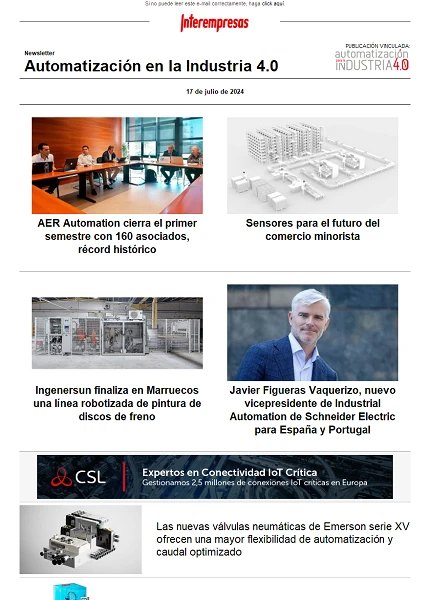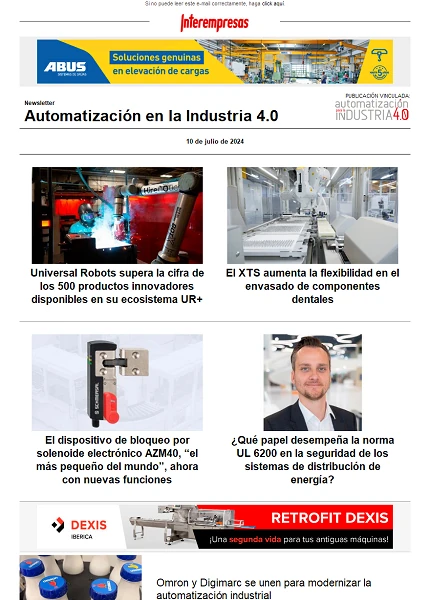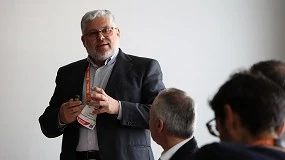Experimental model to determine the actual surface roughness in turning, depending on depth pass, advance and cutting speed
Just bald Ruiz, Basilio Ramos Barbero, Esteban García Maté.
Superior Polytechnic School. Avenida Cantabria s / n. 09006 Burgos. Telfno. 947 258918 email:jpelaez@ubu.es
01/12/20021. Introduction
The real roughness depends on many factors, including the structure and material of the piece; material, geometry, surface finish and wear of the tool, used machine, operation, lubrication and machining conditions: advance return, depth in passing and cutting speed.
The methodology used to conduct the investigation, is used by Taylor and his followers, to determine the relationship between the cutting speed and the factors on which it depends. To determine the relationship between the actual surface roughness and cutting conditions, fixing the rest of the parameters of test and factor whose influence is evaluate, this allows us to obtain a relation between roughness and parameter study is varied.
2 Experimental
Aluminum L-1100-O •Mecanizado
Torno compact 5 CNC of Emco, with a power of 500 w and hard metal tool.
•Mecanizado of steel F1120
Danobat lathe with a power of 25 kW and tool Sandvik, MWLNR 2020 K06 with insert WNMG060404-PF.
•Rugosímetro T-6000 Thyssen Hommelwerke, along with the software Turborugosidad for Windows package.
For the analysis of results agenda Statgraphics plus V.4.00 has been used.
3 Results
4 Conclusions
2. The knowledge of the model is important because it allows finding the coefficients for any other situation of turning finishing, making only four trials.
5 References
M. Thomas, y. Beauchamp, a. y. Youssef, j. Masounave. Effect of vibrations on surface roughness during turning process dry lathe tool. Computer & Industrial Engineering Vol. 31 1996. p.637-644








